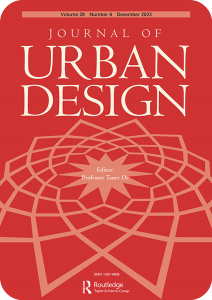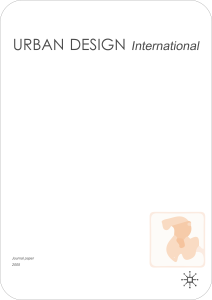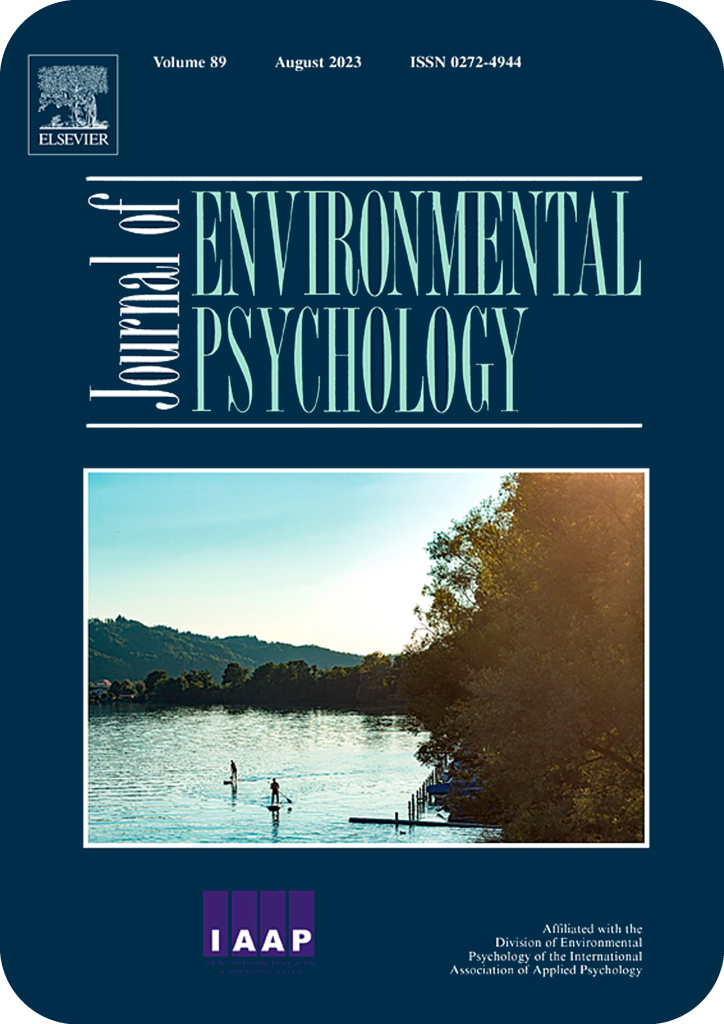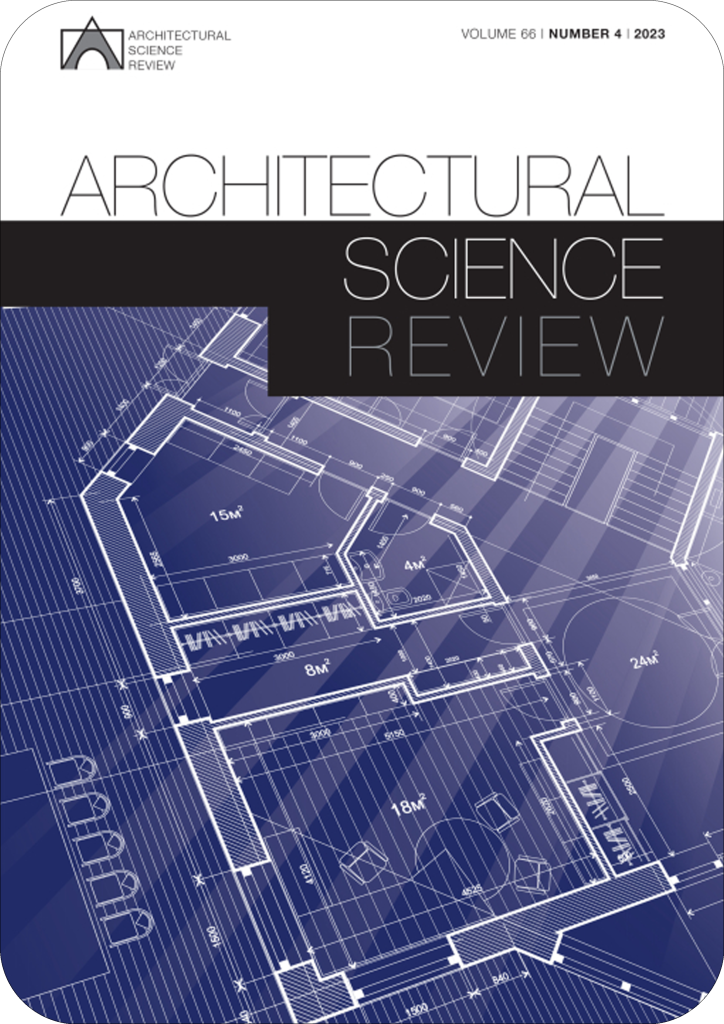
Abstract: This paper reports on a quantitative method for analyzing and evaluating coastal urban fabrics , based on visual openness to the coastline and the water expanse beyond. The visual openness to the coastline is measured by this method in geometrical terms; it is measured at different levels of the built volumes in the private domain and from the street level as the public spaces . The visual analysis is applied to selected case studies from around the world and enables their comparative evaluation and ranking. The objective of such evaluation is to examine and characterize morphological principles of urban morphologies that are more permeable to the coastline view and are considered of higher quality. This characterization could contribute to future design of coastal developments. All case studies were also ranked by their accessibility to the water based on the Space Syntax method. The ranking by accessibility was compared with the ranking of visual openness to the sea on street level. The rankings were similar. This comparison gave positive feedback to our method and highlighted the connection between the accessibility and visual openness to the view.
more papers




